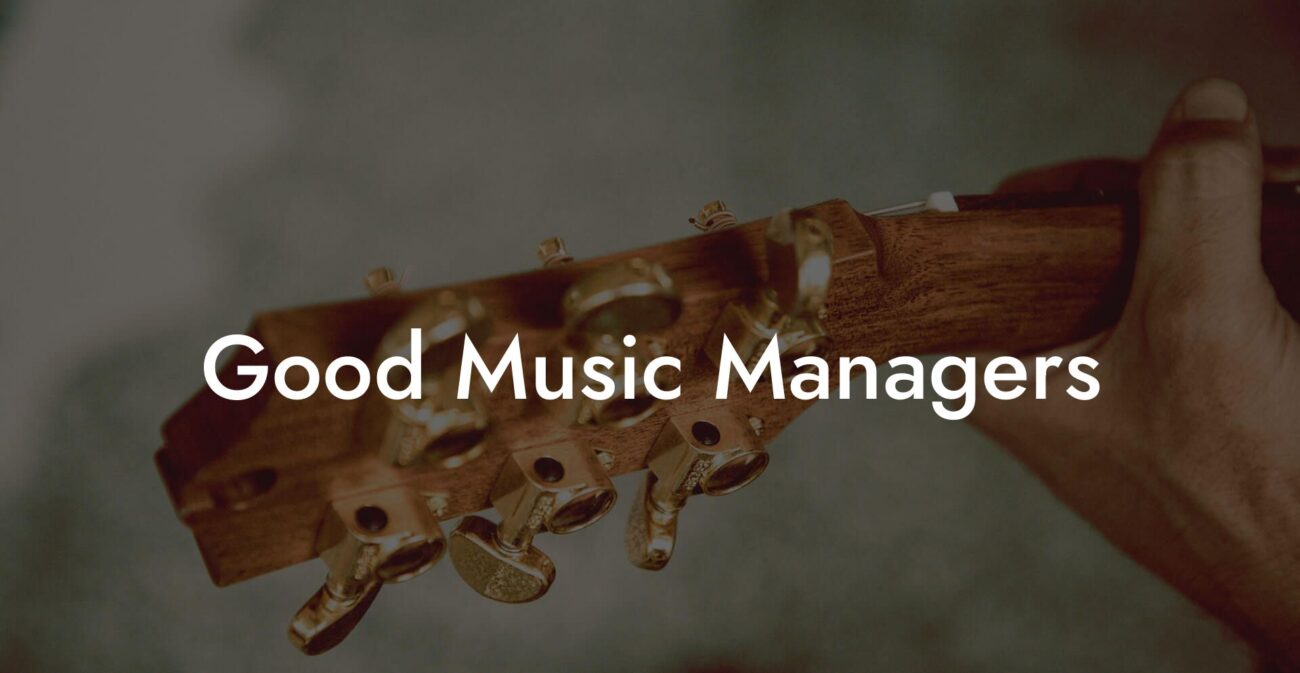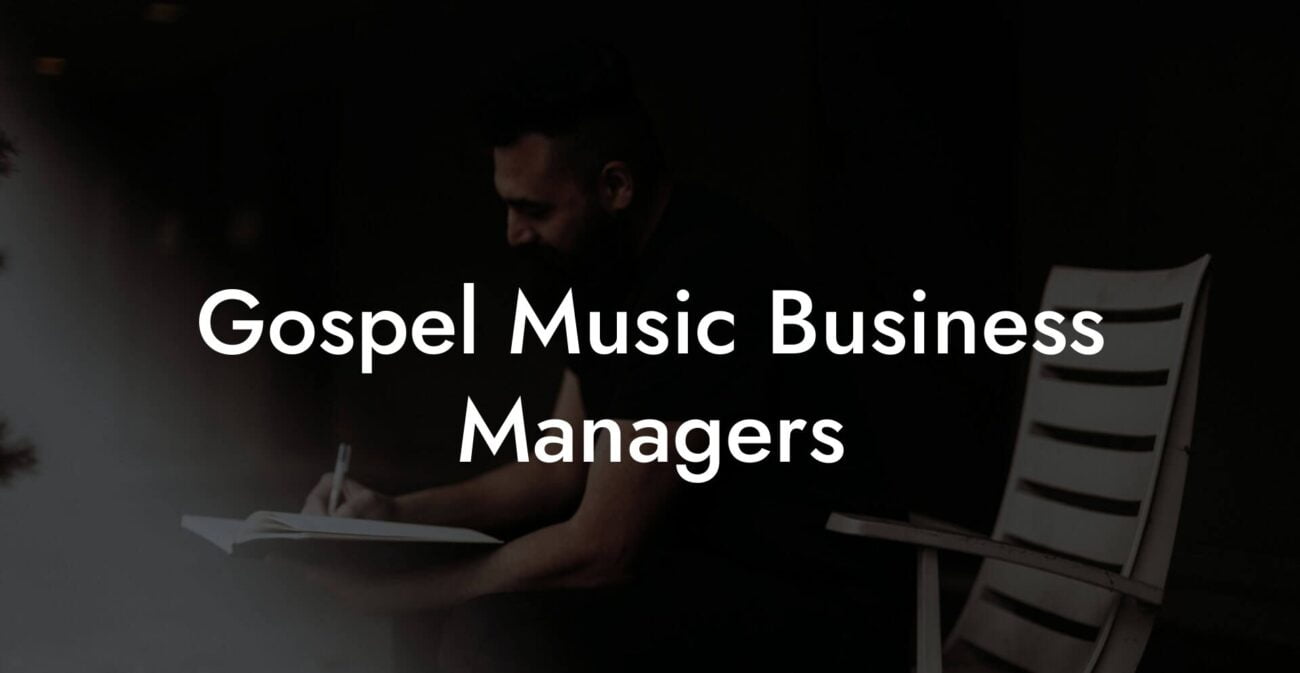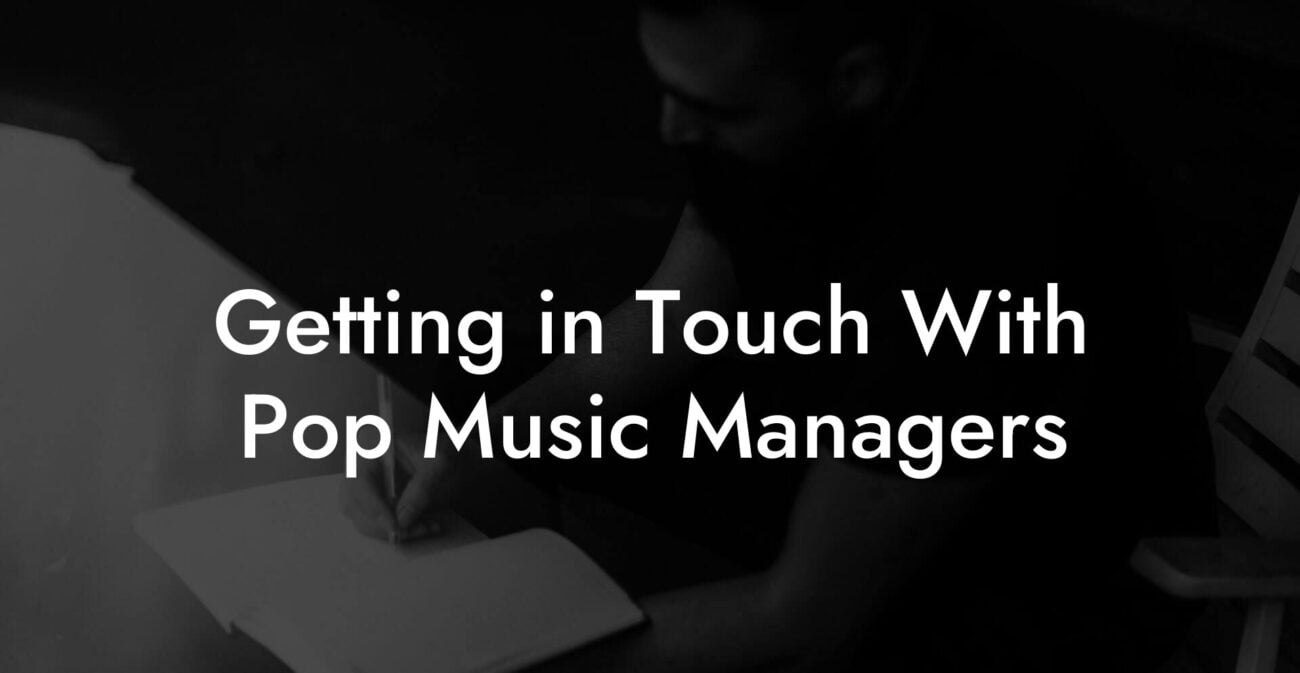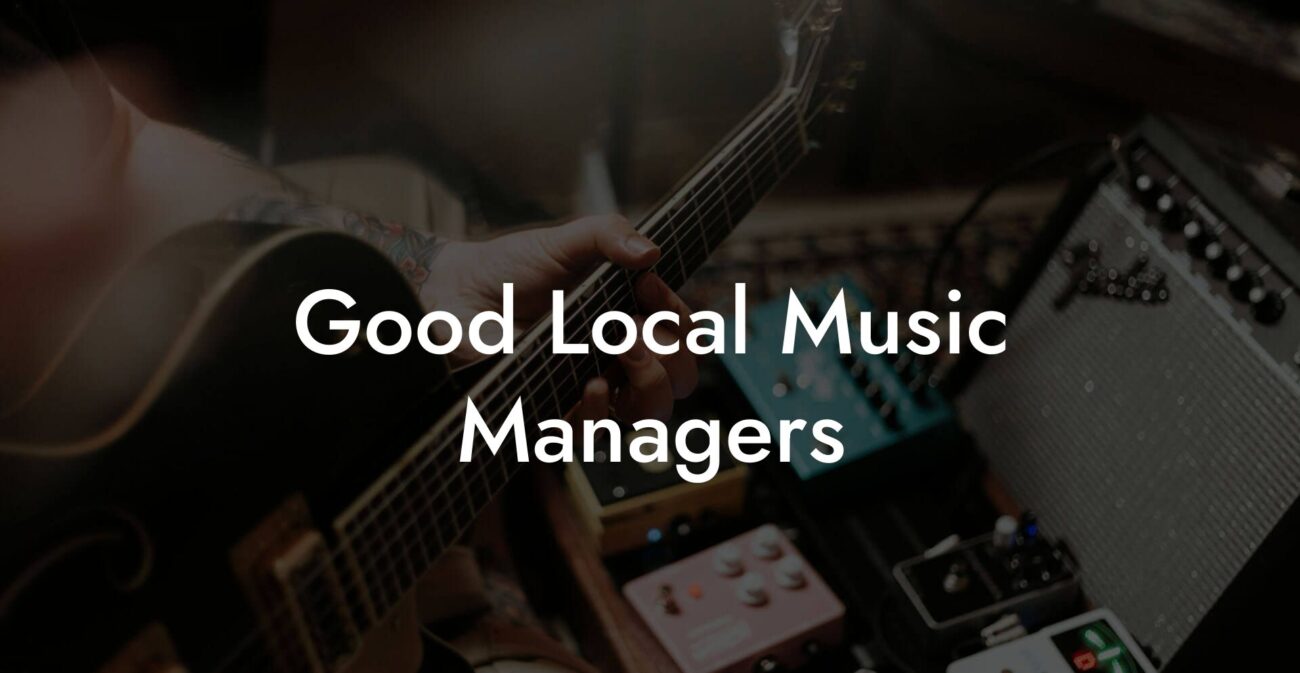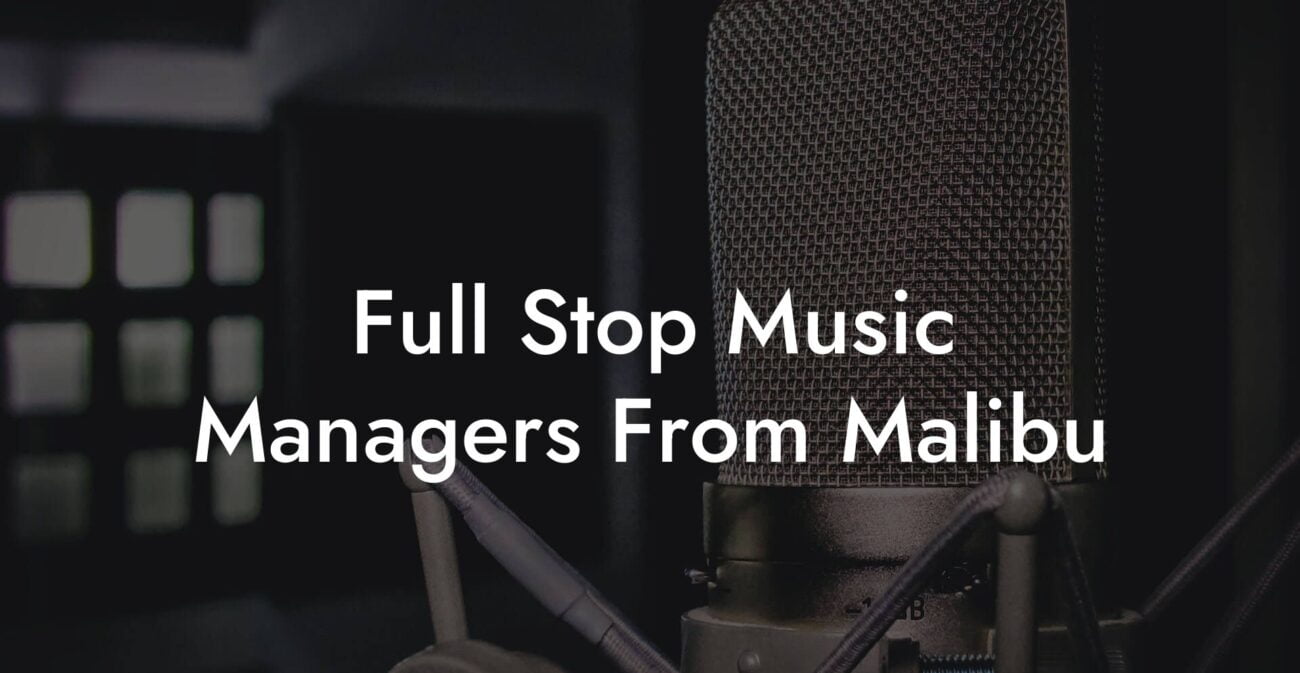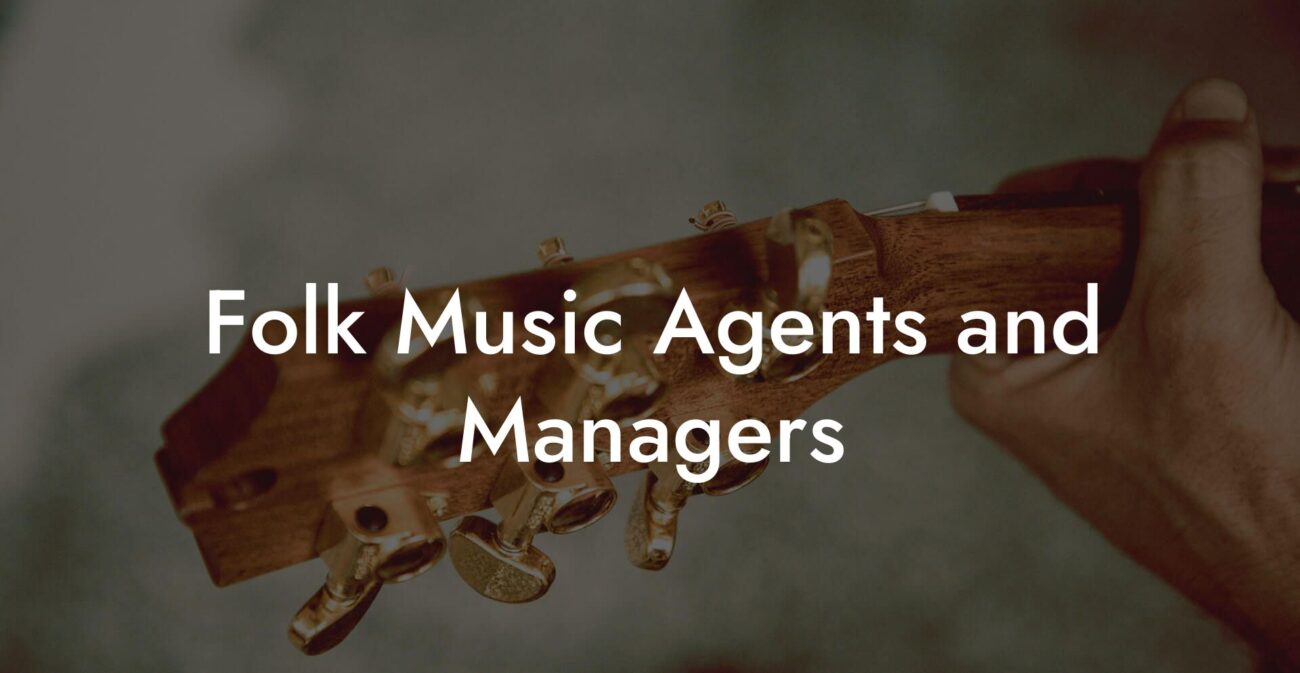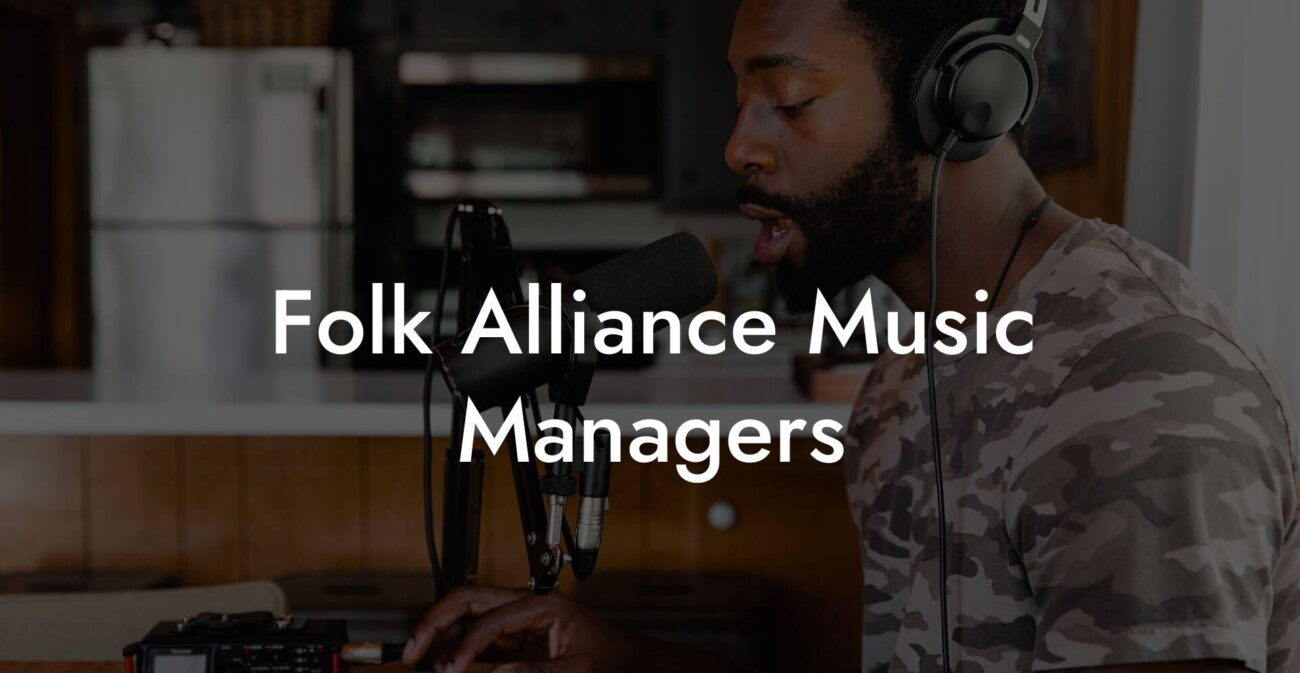Songwriting Advice
How To Make A Sad Song
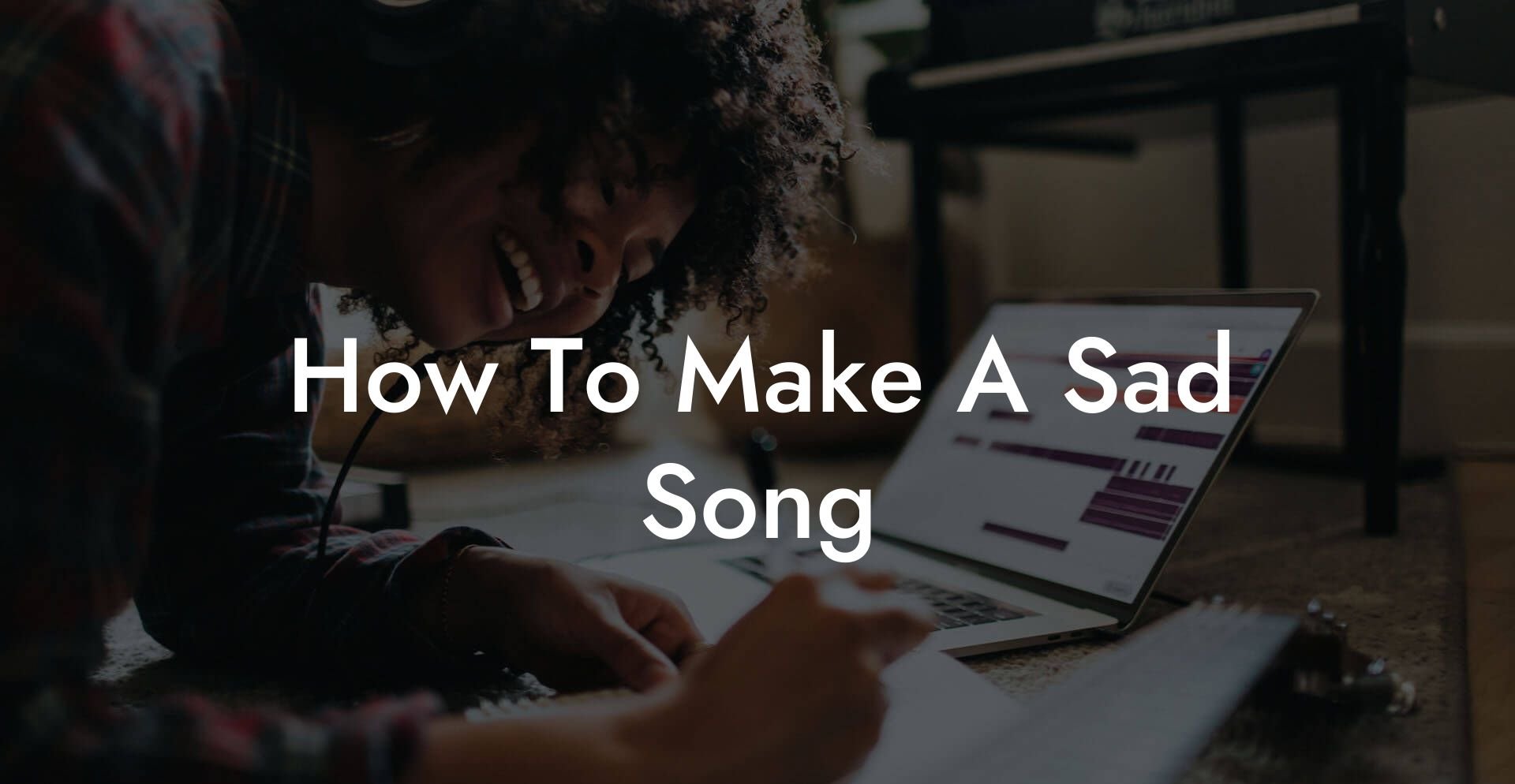
You want a song that makes someone text their ex at two in the morning. You want tears without theatrics. You want a melody that sits on the chest like a memory and lyrics that sound like a secret spilled in a kitchen at midnight. This guide gives you everything you need to write, produce, and release a sad song that feels honest, not manipulative. We will cover emotional strategy, melody, harmony, lyric craft, vocal performance, arrangement, production, and release tactics. You will leave with concrete exercises and examples you can use today.
Quick Interruption: Ever wondered how huge artists end up fighting for their own songs? The answer is in the fine print. Learn the lines that protect you. Own your masters. Keep royalties. Keep playing shows without moving back in with Mom. Find out more →
Quick Interruption: Ever wondered how huge artists end up fighting for their own songs? The answer is in the fine print. Learn the lines that protect you. Own your masters. Keep royalties. Keep playing shows without moving back in with Mom. Find out more →
Quick Links to Useful Sections
- Why Sad Songs Work
- Define The Emotional Core
- Sad Song Moods And How To Pick One
- Harmony That Makes the Heartache Legit
- Minor key with relative major lifts
- Use suspended chords to imply unresolved feeling
- Pedal point
- Modal color
- Melody That Feels Like A Memory
- Lyrics That Hit Without Being Corny
- Use objects to carry emotion
- Time crumbs
- Flip the expectation
- Song Structures That Work For Sad Songs
- Verse Pre Chorus Chorus Verse Pre Chorus Chorus Bridge Chorus
- Verse Chorus Verse Chorus Bridge Chorus
- Through composed
- Arrangement Choices For Sadness
- Instrumentation And Sound Design
- Vocal Performance That Sells the Hurt
- Production Tricks That Keep the Song Sad Not Glossy
- Reverb and Room
- Delay as an echo of thought
- EQ and presence
- Compression
- Mixing For Emotion
- Lyric Writing Exercises For Sad Songs
- Object Relay
- Time Stamp Drill
- Conversation Cut
- Reverse Rewrite
- Before And After Examples
- Common Mistakes And How To Fix Them
- Emotional Honesty Without Oversharing
- Finishing The Song And Demoing
- Release Tips For Sad Songs
- Monetization and Sync
- Practice Plan For The Next 30 Days
- Questions People Actually Ask
- Can I write a sad song even if I am not sad right now
- How do I stop a sad song from sounding cheesy
- What key should a sad song be in
- Sad Songwriting FAQ
Everything below is written for the busy artist who wants real results. No fluff, no music school chest thumping, and no lecture about “finding your truth” without giving you tools to actually do it. Expect actionable workflows, specific phrasing tricks, and real life scenarios that make the techniques stick like spilled wine on a white rug.
Why Sad Songs Work
Sad songs are empathy machines. They let listeners feel seen. That is the value. When a record matches a mood, that mood becomes lighter because someone else is carrying the load for a few minutes. The best sad songs do three things at once. They identify the feeling. They dramatize the feeling with sensory detail. They offer a release inside the song that makes the listener feel witnessed.
Think of a sad song like a good friend who listens without interrupting, then says one sentence that makes you laugh while you cry. If you can be that friend with your song, you win.
Define The Emotional Core
Before chords and mic placement, write one blunt sentence that states the song feeling. This is your emotional core. Keep it short and not poetic unless you normally talk like a novelist. Use plain speech.
Examples
- I miss her but I am too proud to call.
- He left and took the dog and my favorite sweater.
- I still watch our shows alone at 3 AM and pretend the laugh is in the other room.
That line is your north star. If a lyric or a melodic choice does not support that sentence, delete it. This ruthless clarity is what separates touching songs from clumsy diary entries.
Sad Song Moods And How To Pick One
Sadness is not a single note. It has flavors. Pick one so your song does not taste like a salad of emotions.
- Quiet regret This is small and domestic. It lives in kitchen light and a cup you did not wash. Use soft vocals and intimate production.
- Angry hurt This is simmering rage beneath sadness. Use minor keys but more rhythmic drive. Let the vocal edge show teeth.
- Longing This is distance and yearning. Use suspended chords and melodies that reach and do not quite land.
- Resigned acceptance This is sad but steady. Use stable harmony and lyrics that observe rather than plead.
Real life scenario
You are walking home after an argument where nothing was said properly. You pick the mood based on whether you rewind the conversation hoping to fix it or whether you simply notice the rain is louder than your partner's voice. The mood dictates the musical tools you will use.
Harmony That Makes the Heartache Legit
Harmony shapes mood faster than lyrics. Some chord choices are like emotional shortcuts. Here are practical options and why they work.
Minor key with relative major lifts
Start in a minor key to signal sadness. Then borrow the relative major or a major IV chord in the chorus to create a momentary warmth. This contrast feels like hope through a crack in a window.
Use suspended chords to imply unresolved feeling
Suspended chords replace a third with a second or fourth. They create tension without sounding wrong. That unresolved quality mirrors the emotional state of longing.
Pedal point
Hold a low note while chords change above it. This keeps a steady weight under the harmony as details shift. Think of the low note as a heartbeat that will not stop.
Modal color
Borrow a chord from the parallel key for color. For example if you are in A minor try an A major chord briefly. It sounds surprising and raw. It is the musical equivalent of a throat catching during a sentence.
Melody That Feels Like A Memory
Melody is where the human voice meets memory. Melodies that stay tend to do two things. One they have a signature interval that repeats. Two they place stress on the right syllables so the language breathes. Here are practical melody techniques for sad songs.
- Use a short motive Create a two or three note melodic gesture and return to it. That becomes the earworm in a melancholic way.
- Leap into vulnerability A small leap into a sustained vowel can feel like an exposed nerve. Follow the leap with stepwise motion to land gently.
- Keep range moderate Extremely high singing can become dramatic in a way that is not sad. Keep the verse in a conversational range and let the chorus move slightly higher for impact.
- Repeat with small change Repeat a phrase but change the last word or the last note. Small variations show the feeling evolves.
Prosody explained
Prosody means matching natural speech stress to musical beats. If you put the strongest word of the line on a weak beat the phrase will feel off even if the ear cannot name the problem. Speak each line out loud. Circle the syllable that is naturally stressed. Make that syllable land on a strong beat or on a longer note.
Lyrics That Hit Without Being Corny
Sad lyrics need specificity and economy. Avoid generic phrasing that reads like a Hallmark card. Use concrete images and small observations. Show the scene rather than explain the feeling.
Use objects to carry emotion
Objects are memory carriers. A coffee cup, a cracked phone screen, a burned toast. Describe what the object is doing in the present. That creates a sensory anchor.
Example lines
- The mug still has a lipstick stain in the corner.
- Your cardigan lives on my chair like a quiet accusation.
- The light from the fridge is a small stage for leftovers.
Time crumbs
Include a tiny time detail like the hour, the day, or a season. Time crumbs help the listener place the story. They also simulate memory, because most painful memories first feel like they have a timestamp.
Real life line
Three AM on a Tuesday and the microwave blink is the drum you did not want to hear.
Flip the expectation
Say something that seems like a cliché, then follow with a specific image that explodes it. This keeps the familiar and the surprising in balance.
Before
I miss you every day.
After
I miss you like a saved yellow jacket nest on my porch. It lives there but I do not touch it.
Song Structures That Work For Sad Songs
Sad songs often benefit from space. Here are a few structures that support intimacy.
Verse Pre Chorus Chorus Verse Pre Chorus Chorus Bridge Chorus
A classic shape that builds a small lift into the chorus. Keep verses sparse and let the pre chorus tighten. The chorus is the emotional release that gives listeners a paid off feeling.
Verse Chorus Verse Chorus Bridge Chorus
Use this if you want the chorus to be the main scene. Verses can be short vignettes. The chorus is the memory hook that returns like a refrain.
Through composed
No repeating sections. This is for a story that moves forward like a short film. It can be riskier for commercial appeal, but it is powerful for narrative songs because each line must earn space.
Arrangement Choices For Sadness
Arrangement is deciding who gets to speak and when. For sadness, less is often more. Use space to leave emotion in the air.
- Start intimate Open with a single instrument or a filtered texture that sits behind the vocal.
- Add elements slowly Introduce a second instrument in the pre chorus and the drum in the chorus. Each addition should feel like someone stepping closer, not like a parade.
- Use silence A one beat rest before a title line makes listeners lean in. Silence is emotional punctuation.
- Keep sections dynamic Pull elements out for the bridge and leave the voice naked for a moment. Then return with one new harmonic color to make the final chorus land.
Instrumentation And Sound Design
Choose instruments that match your mood. Textures are more important than number of instruments.
- Acoustic guitar or piano These are classic carriers for sad songs because they are close to the human voice.
- Strings Use sparse sustained strings for warmth. Too many arrangements can push the song toward drama instead of intimacy.
- Ambient pads Low volume pads add space and make the song feel larger without increasing energy.
- Subtle electronic elements Low synth bass or a distant arpeggio can modernize the sound without making it upbeat.
Real life tip
If you have a small budget, record a real piano or a nylon string guitar in a bathroom or kitchen with a phone. The room sound will add authenticity that samples cannot fake. Record two takes and pick the one with the better human timing errors. Those tiny imperfections are emotional glue.
Vocal Performance That Sells the Hurt
Technique matters less than truth. Sing like you are talking to one person who knows the whole story. That intimacy is what connects.
- Use breath Let breaths be audible. They humanize the performance. Big breath sounds can be edited but keep small ones.
- Commit to phrasing Do not over ornament. Tiny embellishments work. Think about where to hold a vowel and where to let syllables fall away.
- Double the chorus Record a second take for the chorus and whisper a harmony on the last line. Keep it close rather than big.
- Emote without shouting Hurt is not always loud. Sometimes the smallest voice carries the most weight.
Production Tricks That Keep the Song Sad Not Glossy
Production can accidentally cheer up a song. Here are production choices that maintain sadness.
Reverb and Room
Use plate or hall reverb for a vocal that sits in space. Keep reverb decay moderate. Long wash can make the song float but can also blur lyrics. Use a short to medium decay on verses and a slightly longer decay on chorus sustains.
Delay as an echo of thought
A short slap delay on a phrase can sound like memory repeating in your head. Sync delay to the tempo if you want rhythmic pull. Use low feedback and low level to avoid obvious repetition.
EQ and presence
Boost a small presence band around two to five kilohertz on the vocal for clarity. Cut mud around two to four hundred hertz. That keeps the voice intimate but intelligible.
Compression
Use gentle compression to level the vocal. Heavy compression can suck life out of a performance. Aim for subtle gain reduction that keeps the breath and micro dynamics.
Mixing For Emotion
The mix should feel like a room where the song happened. Place the vocal forward. Keep supporting elements behind but present enough to register.
- Sidechain carefully If a synth sits on the vocal frequency, duck it a tiny bit under the vocal when the vocal sings. This creates space without cutting the instrument.
- Use stereo width sparingly Too wide can feel euphoric. Keep the center elements like voice, bass, and piano in the middle. Spread pads and strings slightly to the sides.
- Automate dynamics Bring elements in and out for emotional shape. Pull out instruments before a title line to make it hit harder.
Lyric Writing Exercises For Sad Songs
Use these drills to find real lines fast.
Object Relay
List five objects in your life right now. For each object write one line where the object performs an action that implies loss. Ten minutes.
Time Stamp Drill
Pick a time of day and write a short paragraph of observations. Turn the most specific line into your chorus line. Five minutes.
Conversation Cut
Write a two line exchange like a text message. Line one is what someone said. Line two is your truthful unedited reply. Use the second line as a verse lyric. Five minutes.
Reverse Rewrite
Take a short cliché line and force yourself to rewrite it into a specific scene. Example transform I miss you by describing a bowl left untouched on the counter. Ten minutes.
Before And After Examples
Theme: Missing someone who left the apartment.
Before
I miss you and it hurts me every day.
After
Your coffee mug waits by the sink like a patient alibi. I wash it twice and put it back like I did not notice the lipstick.
Theme: A text gone wrong.
Before
You do not care and I am sad.
After
I typed sorry and deleted it because the last time did not save us. The phone still smells like your jacket.
Common Mistakes And How To Fix Them
- Too many ideas Limit yourself to one emotional core per song. If you find a second core, write a second song.
- Abstract language Replace words like lonely, sad, and lost with objects and actions. Show the small domestic truth.
- Overproducing If the production is energetic your song will not feel sad. Strip a layer and listen. Does the song still hold? If yes, keep it stripped.
- Drama for drama sake Big vocal runs and huge crescendos can feel manipulative. Use restraint. Let small moments do heavy lifting.
- Forgetting prosody If the natural stress of your sentence falls wrong on the beat the line will feel off. Speak before you sing.
Emotional Honesty Without Oversharing
Being honest is not the same as dumping every private detail into a verse. The trick is to be specific enough to feel true but general enough that listeners can insert themselves. Use details that evoke rather than explain. Think of your lyric as a photograph. You want one strong object in the frame and a little light that hints at context.
Real life scenario
You almost put their full name in the chorus. Instead you keep it as a pet name or a small object that signals the person. That invites the listener to remember a similar name without making the song a private document.
Finishing The Song And Demoing
Finish quickly and iterate. A raw demo is your friend. Here is a practical finish checklist.
- Lock the emotional core sentence. If the song cannot be summarized with that sentence, fix the lyrics.
- Check prosody by speaking every line. Make stress land on beats.
- Record a clean vocal over a basic piano or guitar. Do not spend hours perfecting. Capture the feeling.
- Listen on phone speakers and in the car. Does the chorus register? If not, simplify the chorus. Make the chorus the clearest thing in the song.
- Get feedback from two listeners who will tell you which line stuck. Keep one change at a time.
Release Tips For Sad Songs
Sad songs travel differently. People want them at specific times. Here are release tactics that help.
- Playlist placement Pitch to mood based playlists that match the song vibe like reflective playlists and late night ones. Describe the song with a short story in your pitch.
- Visuals that match Use muted palettes, real rooms, and intimate frames for cover art and video. Avoid big theatrical setups.
- Single edits Make a radio friendly edit that keeps the nucleus of the chorus and trims an extra verse if needed. Shorter songs get more plays on streaming services.
- Tell the backstory Share a one paragraph origin story in socials that frames the song without over explaining. People love to be let in.
Monetization and Sync
Sad songs are good placement candidates for film and TV because they can underscore scenes without distracting. When pitching for sync make sure you can summarize the feeling in one sentence and provide a short clip of the chorus with stems if requested. Stems are isolated tracks like vocal only and instrumental only. The ability to provide stems increases your chance because music supervisors can quickly test mixes against picture.
Practice Plan For The Next 30 Days
- Day 1 Write your emotional core sentence and three alternate titles.
- Day 3 Create a two chord loop on piano or guitar and record vowel melodies for five minutes.
- Day 7 Draft two verses and a chorus using the object relay exercise.
- Day 10 Record a raw demo with a phone and a cheap mic. Listen on different devices.
- Day 14 Get feedback from two people. Update one line and re record.
- Day 21 Add a second instrument and a minimal string pad. Keep it small.
- Day 30 Final demo and release plan. Prepare a one paragraph backstory for pitching.
Questions People Actually Ask
Can I write a sad song even if I am not sad right now
Yes. Sad songs are empathy craft. Use memory and imagination. Think of a scene you saw in a movie that stuck or a friend story. The emotional detail can be borrowed if you treat it honestly. Record while the feeling is near you. If you cannot summon it now, write the structure and return when you feel it. Emotions can be scheduled sort of like practice for your heart.
How do I stop a sad song from sounding cheesy
Avoid sweeping pronouncements and overly neat rhymes. Replace abstractions with objects, keep the performance intimate, and use small production. If a line reads like a greeting card, rework it into a camera shot. If the chorus over explains, remove one explanatory line and trust the listener to fill the gap.
What key should a sad song be in
There is no magic key. The voice range matters more. Choose a key where the verse sits comfortably and the chorus can rise without strain. Minor keys are common for sadness because of their sonic color, but a major key with minor chords or modal swaps can be very effective for bittersweet songs.
Sad Songwriting FAQ
How do I write a chorus that feels honest
State the emotional core in short plain language and sing it on a sustained note or a clear rhythmic spot. Repeat or paraphrase once for emphasis. Add a small twist in the last line to avoid repetition feeling flat. Keep vowels open and natural for singing comfort.
Should I use real names in my lyrics
You can, but think about the consequences. Using a real name can feel very specific and intimate. If the story is meant to be public, consider using a pet name or an object that stands for the person. That keeps authenticity while protecting privacy.
How do I know when a sad song is done
When removing any line makes the song worse, not better. Also when the chorus registers on a quick listen and a friend can hum the melody or remember a single line. If the song loses impact when you simplify it, it is probably finished.
What vocal production works best for sad songs
Keep the lead vocal forward and natural. Use small doubles and a tight harmony for the final chorus. Light reverb helps place the voice in space. Avoid heavy autotune or robotic effects unless you are making an artistic choice that supports the song mood.
How can I make a sad song that is still radio friendly
Keep the structure clear, the chorus memorable, and the runtime concise. Avoid long instrumental stretches. Make the chorus land within the first minute. Keep the arrangement simple but sonically interesting. A sad song can be both intimate and catchy.


